Select guests including billionaire Indonesian collector Budi Tek, who opened a private museum in
Shanghai in May, actress
Sienna Miller and architect
Zaha Hadidpacked 162 galleries this week at the main contemporary art fair in Regent’s Park and 127 booths at Frieze Masters, a sister event showing modern and historic works.
Frieze Week is Europe’s biggest concentration of commercial fairs, public sales and gallery shows, offering as much as $2.2 billion of art. Frieze, whose organizers expect 70,000 people to attend the two fairs, runs through Oct. 18; Frieze Masters closes Oct. 19.
“There’s so much going on in
London this week for art,” Lisa Phillips, director of the New Museum in New York, said as she toured the booths at the Oct. 14 preview. “People really converge here.”
Contemporary-art sales at public auctions globally totaled 1.5 billion euros ($1.9 billion) in the 12 months to July 3, up 33 percent from the previous year, according to Paris-based arts data researcher Artprice.
Dealers reported brisk sales in the first two days of the fair. Within the first hour of the Frieze Masters preview,
Mnuchin Gallery sold one of four elongated varnished steel sculptures from the 1955 “Forgings” series by U.S. sculptor
David Smith for $2.4 million to a private collector.
Promoting Smith
“Americans know David Smith, but we need to broaden his audience,” Robert Mnuchin, a former Goldman Sachs Group Inc. executive whose New York gallery specializes in postwar art, said of the artist who died in 1965. “I’ve already had a lot of interest from non-U.S. collectors.”
Warhol’s “The Scream (After Munch),” a 1984 work inspired by the Norwegian artist, was sold by Skarstedt Gallery for about $5.5 million to a private collector.
Picasso remains popular as his “Tete de Mousquetaire” crayon and black ink on board went for $4 million at
Van De Weghe Fine Art. The artist’s 1964 “Le Peintre au Travail” lithograph on paper sold for 2 million pounds ($3.2 million) at Dickinson’s booth. A small Henry Moore bronze sculpture of a reclining woman with a child sold for as much as $500,000 at
Richard Green gallery in London.
Formaldehyde Fish
At the main fair, Hirst’s “Because I Can’t Have You I Want You,” a 1993 diptych of glass-enclosed fish in formaldehyde, fetched 4 million pounds at
White Cube within minutes of the opening preview. The gallery, with branches in London,
Hong Kong and Sao Paulo, also sold a 2001 piece composed of an electric microphone, metal stands and electrical cords by David Hammons for $4 million.
“I can’t keep up with the sales,” said David Maupin of Lehmann Maupin, which sold British artist Tracey Emin’s embroidered calico of a reclining woman in a price range of 120,000 to 175,000 pounds. The New York and Hong Kong gallery also sold Mickalene Thomas’s 2008 work composed of rhinestone-encrusted portraits in the 60,000-to-100,000-pound range.
Kaws’s Creature
Hauser & Wirth’s booth at the main fair was an installation inspired by
Sigmund Freud’s study in London’s Hampstead neighborhood. The booth features works by 20 artists including
Louise Bourgeois and Phyllida Barlow with themes representing Freud’s conscious and unconscious. A 2012 work by Anna Maria Maiolino, “Between Inside and Outside,” made of plaster with acrylic resin varnish on a metal table, sold for $120,000 and Rashid Johnson’s 2012 red oak daybed with zebra skin went for $90,000.
“Final Days,” an almost 7-foot-tall black sculpture of a creature with big feet, hands and ears by Brooklyn, New York-based artist Kaws sold for about $300,000 at
Galerie Perrotin, which has galleries in New York, Paris and Hong Kong. An almost 10-foot-fall 2014 bronze sculpture of a standing sausage by Erwin Wurm sold for 250,000 euros at Galerie Thaddaeus Ropac, which is in Paris and Salzburg,
Austria. George Condo’s “Portrait With Green Shapes,” oil on linen sold at Spruth Magers for $500,000.
Rembrandt, Twombly
Sigmar Polke’s untitled 2003 gouache on paper abstract, sold for $800,000 at Michael Werner Gallery of
New York and London. New York’s
Marianne Boesky Gallery sold drawings and a sculpture by Diana Al-Hadid, who was born in
Syria and lives in Brooklyn, made of stainless steel treated with plaster and fiberglass at prices from $20,000 to $120,000.
“It’s been a good morning,” Adrian Turner, senior director of Marianne Boesky, said at the VIP preview.
One of the most expensive works at Frieze Masters is a Rembrandt 17th century portrait of a man with arms akimbo, being offered at New York’s Otto Naumann gallery for $48.5 million. A Cy Twombly paint, crayon and graphite canvas from 1959 is at Van de Weghe for $24 million. Picasso’s “Jeune Garcon Nu a Cheval,” oil on canvas from 1906 has an asking price of 14 million pounds at Dickinson.
Emerging Artists
Jeffrey Deitch, the
art dealer and former director of the Museum of Contemporary Art in
Los Angeles, said he preferred to walk the aisles of galleries showing emerging artists. He said
Ella Kruglyanskaya’s work stands out because it brought a “fresh approach” to figure drawing. All six of her portraits of women at the booth of New York’s
Gavin Brown’s Enterprise sold for about $50,000 each.
Collectors drank champagne as they toured the booths, wandered around the sculpture garden or walked through Regent’s Park to get from one fair tent to the other -- or took the BMW courtesy car.
Andre Balazs, the New York entrepreneur whose businesses include London’s trendy
Chiltern Firehouse hotel and restaurant, said he hadn’t bought anything in the fair’s initial hours.
His first impression of the art?
“A lot of stuff looks the same,” Balazs said, laughing. “Sorry, but it does.”
(An earlier version of this story corrected the price of the Smith work in the sixth paragraph.)


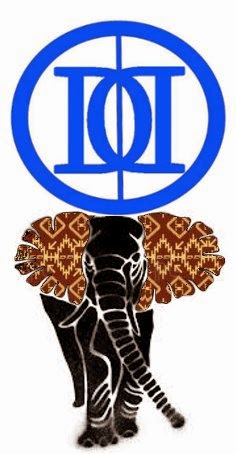

















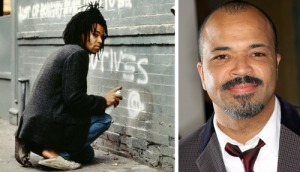
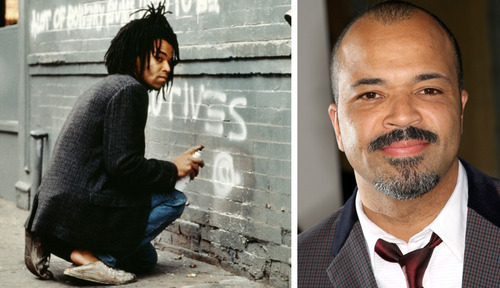
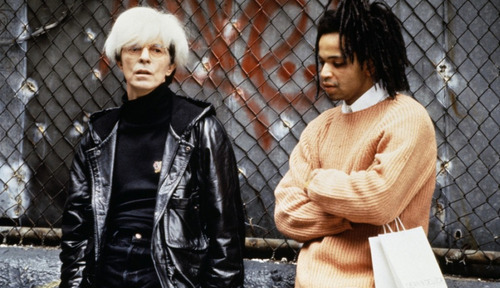
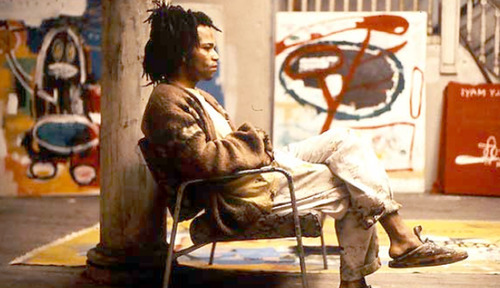
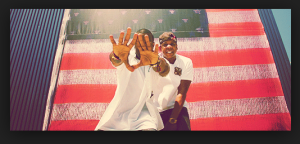


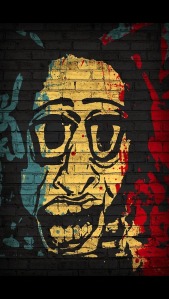
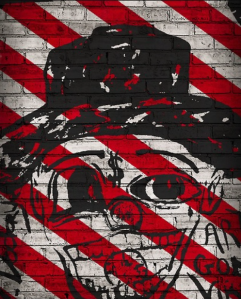
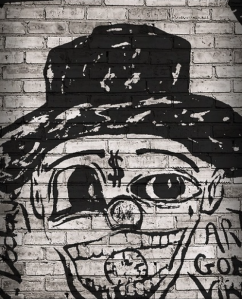
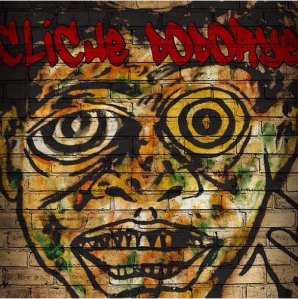
















.jpg)
.jpg)
.jpg)

